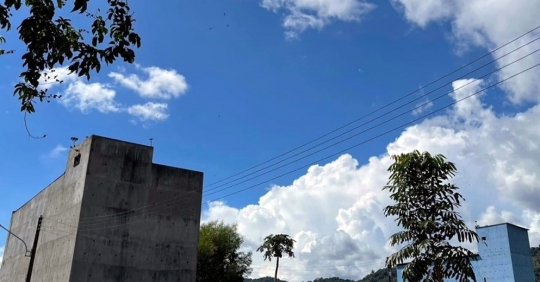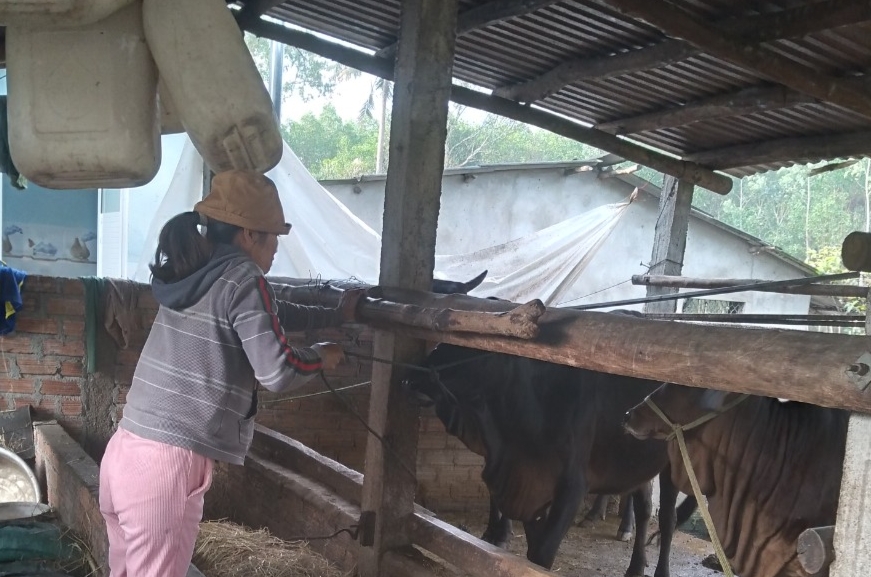
In recent years, livestock production in Binh Thuan has been predominantly smallholder. Picture: KS.
In which areas is it not allowed to breed?
In recent years, cattle and poultry farming in Binh Thuan province has mostly been small-scale and settled in residential areas. This leads to environmental pollution and affects the health and daily life of the population, especially households living near livestock and poultry farms.
As far as the situation in rearing common swifts is concerned, there is an increasing trend in the province. According to the Binh Thuan Provincial People’s Committee, there are currently about 1,425 facilities in the province that attract and raise swiftlets in most districts and cities.
However, most swiftlet households are spontaneous new builds, with many swiftlet homes being built alternately in residential areas, causing noise disruption to community life, but not yet approved by local authorities. strict administration.
In view of the above shortcomings and shortcomings, the formulation and issuance of the resolution “Regulation of areas for the rearing of swifts, areas where the rearing of cattle, poultry and other animals is not allowed” is necessary.
It is imperative to have a policy that supports the relocation and cessation of operations of livestock farms in the province from areas where livestock husbandry is not permitted under the provisions of the Livestock Law.
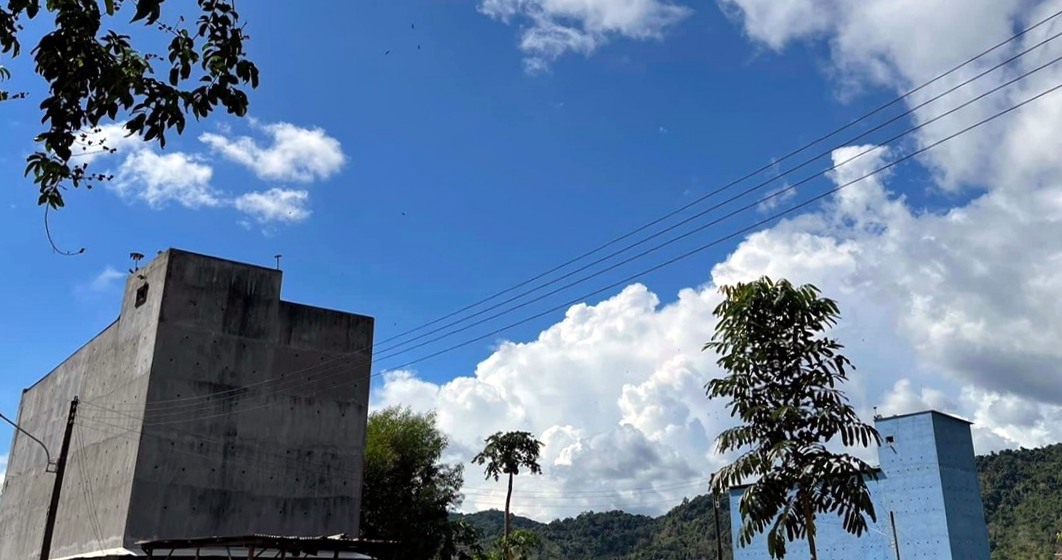
Breeding facility for attracting swifts in Binh Thuan province. Picture: KS.
Therefore, the Binh Thuan Provincial People’s Committee recently submitted a report to the provincial People’s Council. Then, on May 9th, the XI. Provincial People’s Council at 14th Session Unanimously to Adopt Resolution 04 on Regulations for the Common Swift Breeding Area. Raising livestock, poultry and other animals is not permitted on the territory. Policy to support the relocation and cessation of operations of animal production facilities in the province.
Specifically, the area where animal husbandry is not allowed according to the annex issued along with this resolution applies to all districts of Phan Thiet city.
Districts in La Gi city such as Phuoc Hoi, Tan Thien, Tan An and Binh Tan. The entire urban planning area has been approved by the relevant authorities of Lien Huong City and Phan Ri Cua City (Tuy Phong District).
Ma Lam Town, Phu Long Town (Ham Thuan Bac District); Thuan Nam City (Ham Thuan Nam District); Luong Son City and Cho Lau City (Bac Binh District); Tan Minh and Tan Nghia communes (Ham Tan district); Vo Xu Town, Duc Tai Town (Duc Linh District) and Lac Tanh Town (Tanh Linh District).
In the island district of Phu Quy, including the entire district center, has been approved by the relevant authorities.
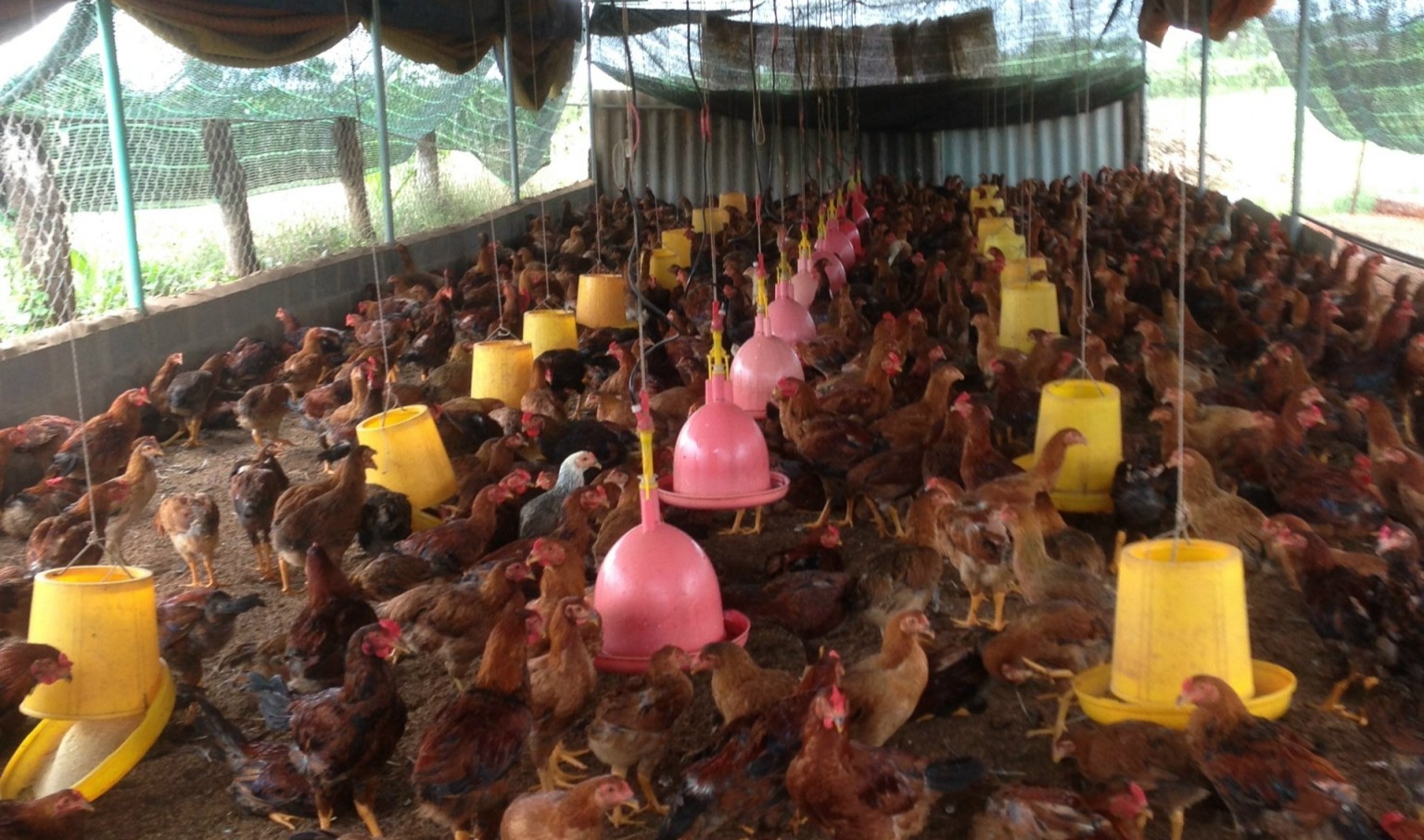
Binh Thuan province reports areas where no livestock is kept. Picture: KS.
In addition, the remaining communes of the counties, cities and townships, including the areas for the construction of public works and rural residential areas, have been approved by the relevant authorities in regional construction planning projects. District and general planning for the construction of communes according to the regulations. Keeping livestock is also not permitted on areas that are earmarked for residential development within the framework of the approved housing plan program.
As for the regulations on the area for rearing common swifts from the effective date of this resolution, it is an area outside the area specified in the annex promulgated together with this resolution.
However, organizations and individuals whose birdhouses were built and operated before the entry into force of the Decree are located in the area specified in the Annex promulgated together with this Decree, but must comply with the conditions set out in Section 1 of this Article. defined in According to Clause 2, Article 25 of Decree No. 13/2020/ND-CP, the government is allowed to continue operating.
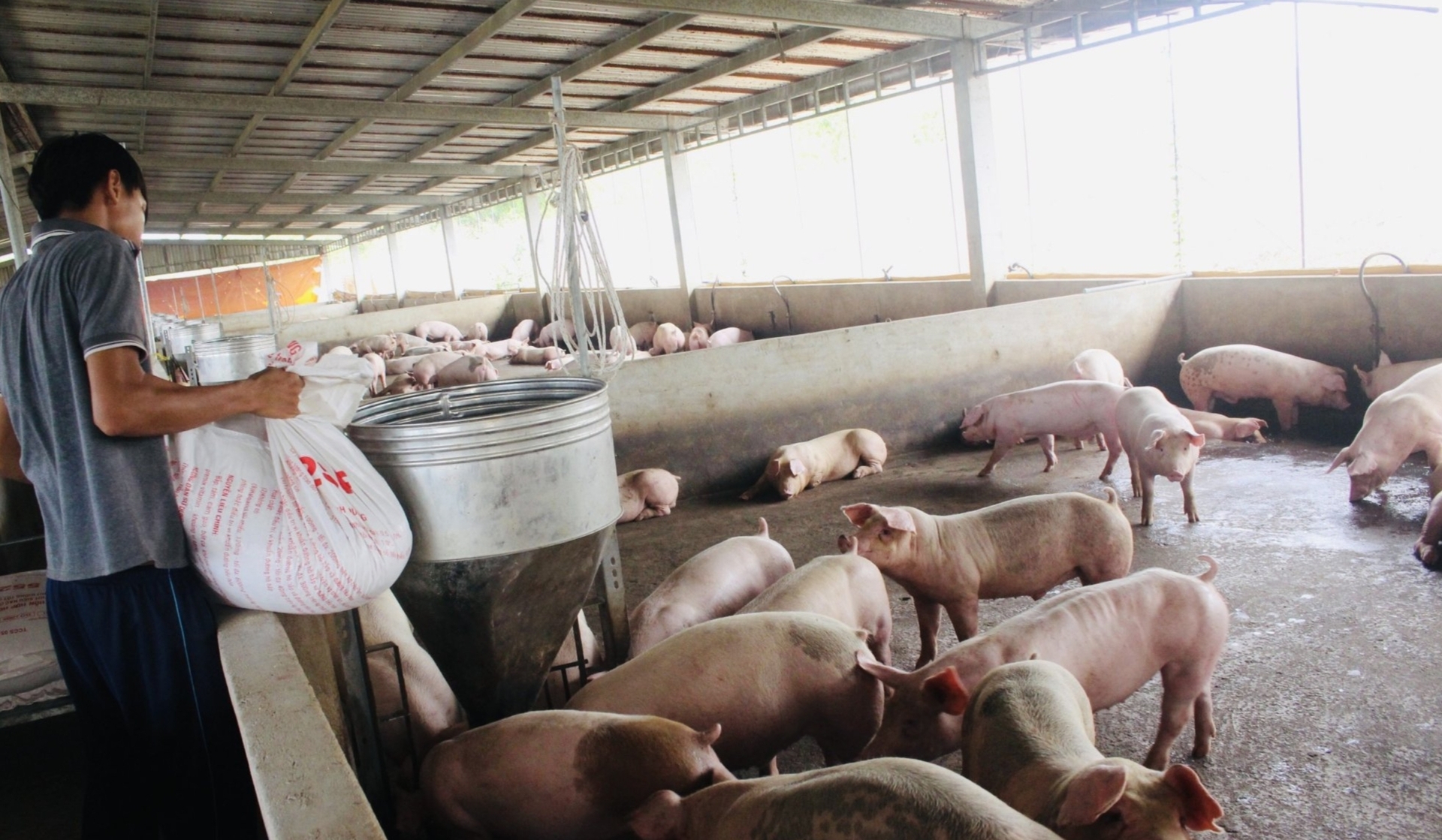
The resolution also clearly states support for the relocation and cessation of animal production. Picture: KS.
Guidelines to support resettlement and livestock cessation
This decision also defines the policy of support in case of closure or relocation of the farm (except for the swift farm), which is implemented according to the principle: Every livestock farm is subject to an adjustment. The decision is supported only once.
The support will be granted after the livestock farm has completed its move from the area where livestock farming is prohibited, or after the livestock farm has been terminated from the effective date of this Decree to January 1, 2025. However, this does not apply to affiliated livestock farms, livestock processing plants or leasehold farms…
As for the amount of support for livestock farms whose barns have brick walls, concrete or cement floors, corrugated iron or tile roofs after the move, they will be supported at 200,000 VND/m2 of barn floor in real time. Currently they are being relocated, but no more than VND 200 million/animal husbandry.
And livestock farms with barns of wooden frame, ground floor, corrugated iron roof or temporary cover after relocation will be supported with VND 100,000/m2 of barn floor at the time of relocation, but not more than VND 100 million/animal facility.
Livestock farms that end their livestock farm (not relocate) before January 1, 2025 will receive support to stabilize their lives for a period of 6 months.
Specifically, livestock farms with a size of 1 to less than 5 livestock units are subsidized with an amount of VND 2.34 million/livestock farm. Farms with a size of 5 to less than 10 livestock units will be supported with an amount of VND 3.51 million/farm. Breeders with more than 10 livestock units will be supported with an amount of VND 4.68 million/breeder.
Funding for policy implementation comes from the budgets of the districts, cities and municipalities in accordance with the applicable regulations on budget decentralization.
It is known that immediately after the provincial People’s Council adopted the resolution, the Binh Thuan Provincial People’s Committee sent out a document instructing the Ministry of Agriculture and Rural Development to examine and advise the provincial People’s Committee on the Organize implementation according to the regulations.

